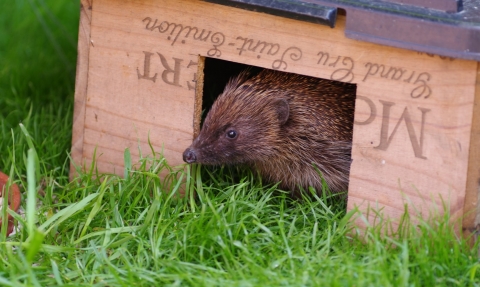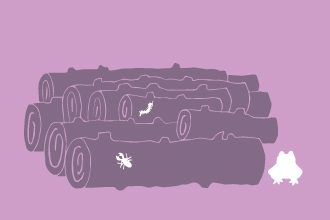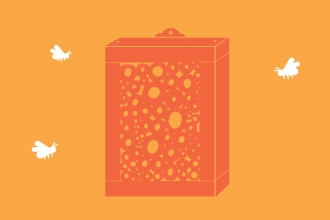
WildNet - Gillian Day
Homes for Hibernators
Creating space for hibernators in your wild garden
In winter, many animals struggle to survive. Its hard to find enough food to eat and hard to survive the bitterly cold, wet weather. One solution that nature has come up with to help with this problem is hibernation.
Hibernating animals are able to slow their bodies right down: they can slow their heartrate and breathing down, and also lower their body temperature. For example, a hedgehog will slow it's heartbeat down from 190 beats per minute to just 20 beats per minute when it hibernates. It's body temperature will drop from 35˚C to just 10˚C!
Hibernating animals do this so that they use less energy and so can survive for many weeks without food. Before going into hibernation, many animals will eat and eat and eat! They do this to make themselves as fat as possible before hibernating. This fat will give them energy during the winter. If they don't eat enough, they will run out of energy before spring arrives.
In the UK the following animals all hibernate:
- Hedgehogs
- Bats
- Dormice
- Some insects (e.g. bumblebees, some butterflies, ladybirds)
- Amphibians (frogs, toads, newts)
- Reptiles (grass snakes, adders, slow worms)
Many people think that squirrels hibernate because they spend lots of time gathering food in autumn, but in reality they are collecting and storing food to eat over the winter. Badgers don't hibernate either, although they do spend more time underground during winter and they sleep for longer than at other times of the year. This helps them to save energy but it isn't actually hibernation.
Help by leaving log and leaf piles in the garden for smaller insects, mammals and amphibians, and see below for some extra ideas! If you don't want to build your own hedgehog home, contact our partner for help!



